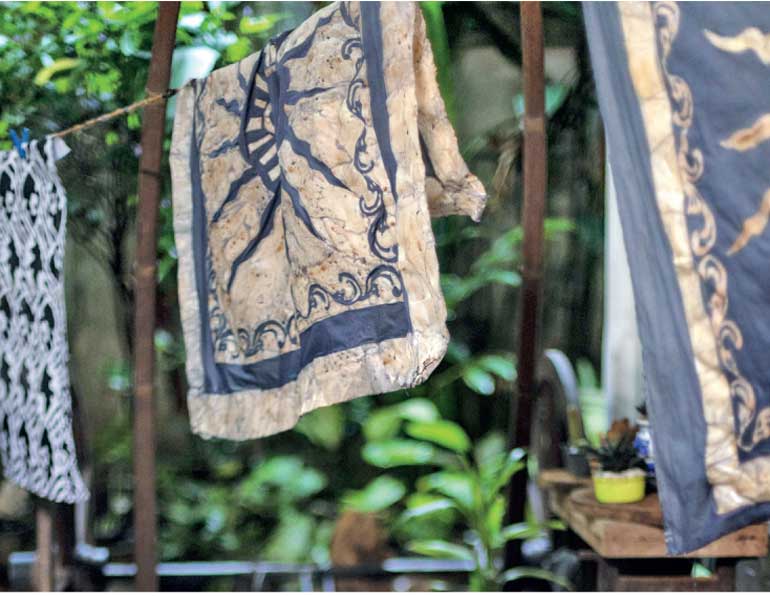Sri Lanka has a vibrant fashion and textile industry that has long been an important source of employment, export earnings, and economic growth. In addition to producing for global brands, it is also a significant part of the country’s cultural heritage with traditional practices such as handloom, batik, dumbara, beeralu, or jewellery-making. Furthermore, due to its wealth of natural and cultural resources, Sri Lanka has great potential for scaling up ethical, sustainable, and eco-friendly fashion—for example, through the use of natural dyes and fabrics or by repurposing factory waste and cutoffs.
However, the sector also faces a variety of risks related to market factors, global and domestic supply chains, and the climate crisis. On the one hand, Sri Lanka’s tropical climate has always posed certain challenges for the conservation of textiles due to its temperature and humidity levels, which can contribute to mould and degradation. On the other hand, the impacts of climate change present a range of new and emerging threats that include extreme weather events, heat stress, unreliable supply of raw materials, water scarcity, and power outages.

The fashion and textile industry of Sri Lanka is vulnerable to climate change impacts due to its reliance on natural resources—such as agricultural products, fibres, and plant-based dyes—whose availability can be disrupted by erratic weather patterns, heavy rainfall, or prolonged droughts. Climate-related scarcity of water can .
















